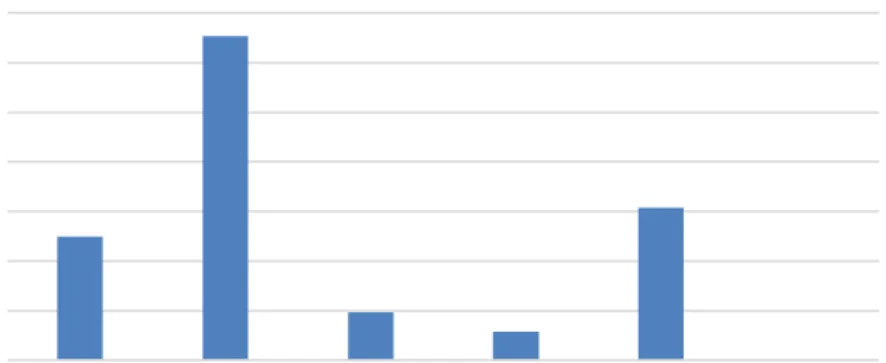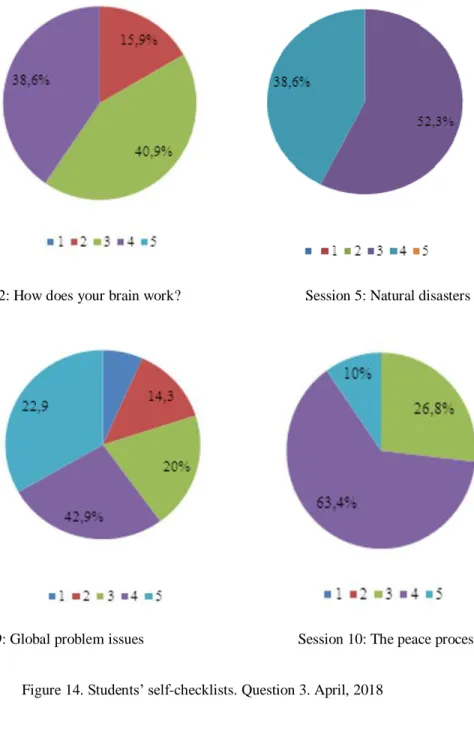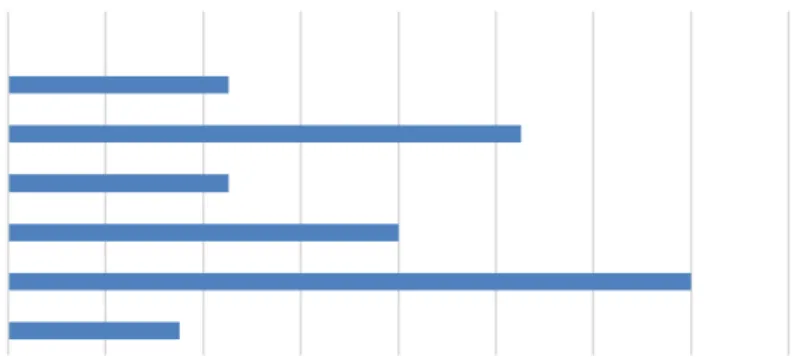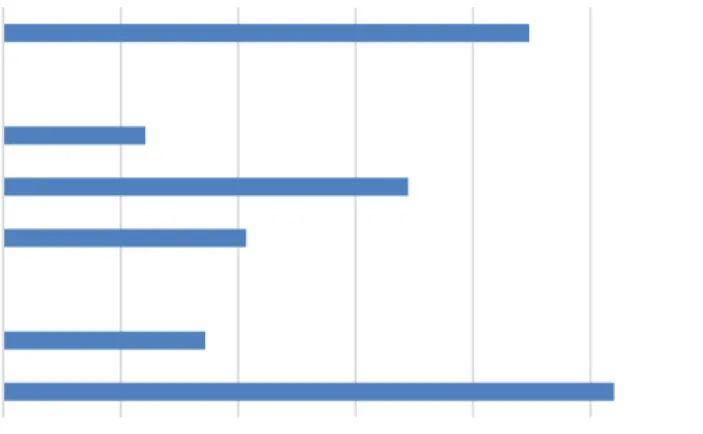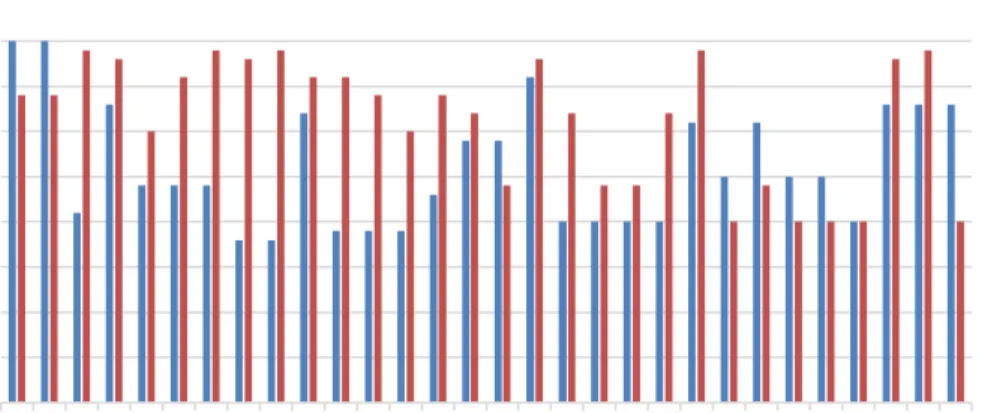Fostering oral interaction and self regulation through problem based learning
Texto completo
Figure
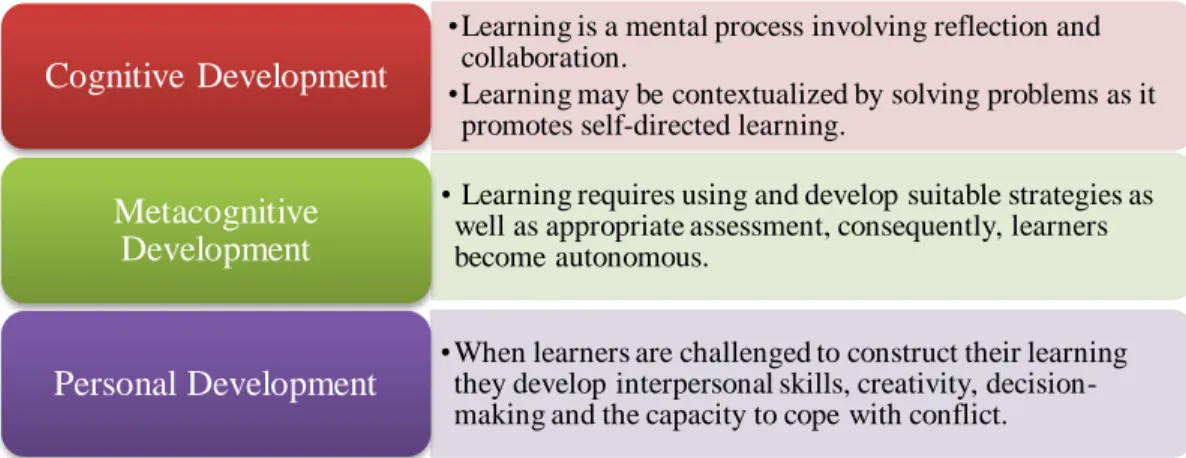

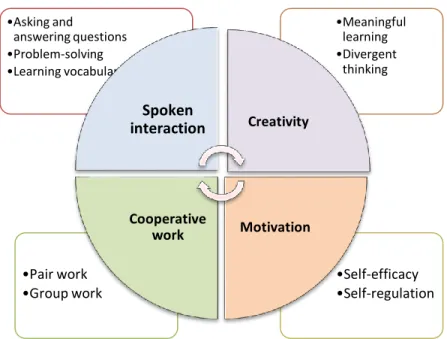
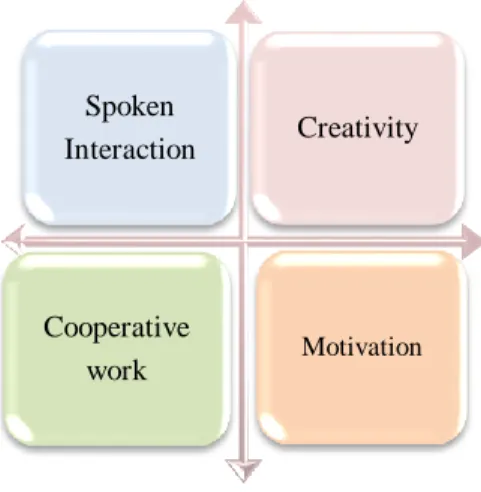
Documento similar
The main objective of this study was to investigate the effects of an interdisciplinary weight loss and lifestyle intervention on cardiorespiratory fitness (CRF) and
The objective of this paper is determinate if this TV show complies with the 7/2010 General Law of Audiovisual Communication and also with the Code of Self-regulation for
In the “big picture” perspective of the recent years that we have described in Brazil, Spain, Portugal and Puerto Rico there are some similarities and important differences,
The objectives of this study were, first, to develop a questionnaire allowing, first, to assess the kind of messages through which students self-regulate their learning on the
Given that we want an authoring tool to create self-regulation exercises, and an assistive application for the smartwatch, we have selected the paradigm of dual applications, with
For instance, the best overall accuracy of bagging in Breast with 20% noise is achieved using a 10% sampling ratio: The test error goes from 4.1% when no noise is injected to 3.5%
In particular, different versions of the training set for the base learners can be used, as in bagging (bootstrap sampling of training data), class-switching (noise injection in
The current study adds to this body of research by examining the number and type of self-assessment strategies and criteria among higher education students in a ran- domized
